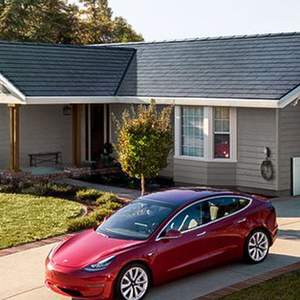
When I was a kid, every race started with those three words. What do they mean, anyway? They mean that some things need to happen before a process really takes off. An integrated design process is no exception.
Getting ready means, first of all, ensuring that the right people are literally at the table. I talked about who the “right people” are in my March 4 blog “Pensive About Process.” After that it means making sure everyone is in agreement about what’s going to happen and how. So before getting into substantive design discussions, some other conversations need to take place.
The spirit of the process
Integrated design can seem messy, perhaps circular, even a bit chaotic — but it’s ultimately more efficient because decisions are made based on the collective experience and wisdom of your team. This means preparing them, if they’re new to this, to be tolerant as the process unfolds. Everyone learns together, and an important part of the learning relates to how the work of each contributor overlaps and intersects with the work of others. Understanding and appreciating this benefit are critical to your team members’ willing participation.
Most design professionals have experienced having a decision reversed by someone else, often without being given the opportunity to explain what lay behind the decision. An integrated design process aims to ensure that everyone whose knowledge bears on a decision participates in its making. This saves time, respects everyone’s wisdom, avoids the ill will that accompanies second-guessing, and results in greater stability of decisions once they’re made.
What’s done differently
In a traditional design process, each contributor executes his or her work sequentially: The architect fashions “the design;” the structural engineer figures out how to make it stand up; the mechanical designer works out how to keep it comfortable (or at least not too uncomfortable); the landscape designer creates the planting plan; and so forth. Each one typically copes as best as he/she can with what was done before, even if it means compromising his work. Only when something is seriously amiss do we actually go back and ask for work to be redone. That’s simply not acceptable!
In an integrated design process, as Annette Stelmack described in a recent blog, the whole team (or as much of it as possible) gathers early on, and then repeatedly as the design evolves, to ensure that all are benefitting from their colleagues’ experience and insights. For example, a landmark “aha!” from an integrated design process occurred when one of the early Building America teams figured out — because all the right people were at the table — that if they improved the insulation and windows enough, they could downsize the mechanical equipment, and the savings would pay for the upgraded envelope. That insight has now become a standard for the energy efficiency community. Other such lessons lie ahead.
Weekly Newsletter
Get building science and energy efficiency advice, plus special offers, in your inbox.















0 Comments
Log in or create an account to post a comment.
Sign up Log in